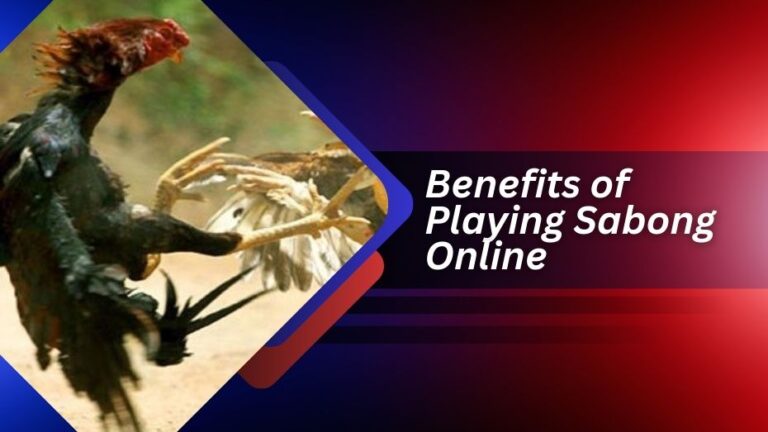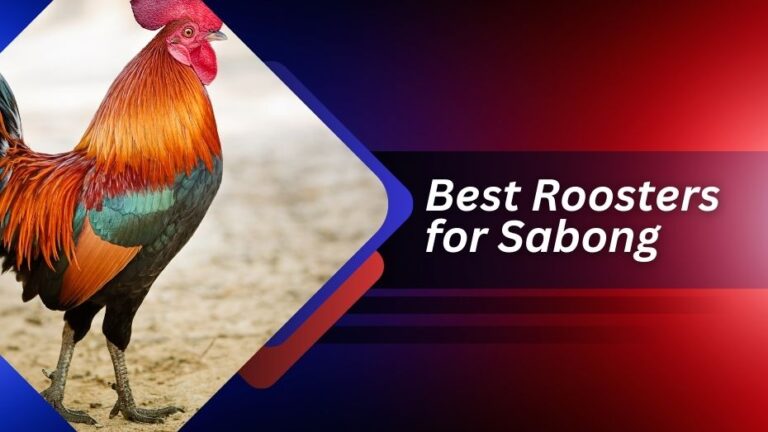Learn about Which Game Fowl is a No-Go for Cockfighting
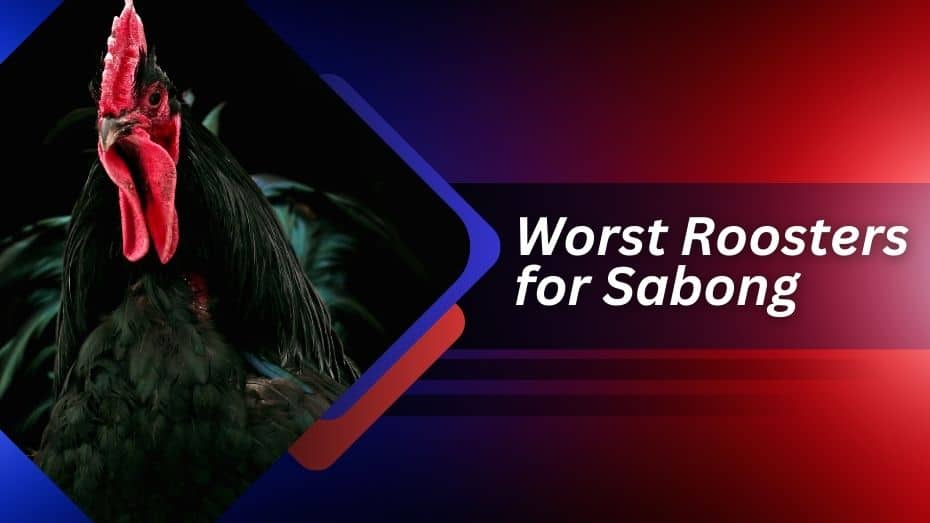
What are the worst roosters to use in Sabong? Learn here at Sabong Philippine.
Sabong, the traditional sport of cockfighting, has long been a contentious topic, stirring debates on ethical, legal, and cultural fronts. But despite the seeming challenge of the famous blood sport, the matches continue and many sabongeros as well as punters bet on the best game fowls.
Central to this activity are the roosters themselves, meticulously bred and trained for combat. However, not all roosters are created equal in the arena. Some breeds and types exhibit characteristics that make them ill-suited for the rigors of sabong matches.
Understanding Selective Breeding of Game Fowls
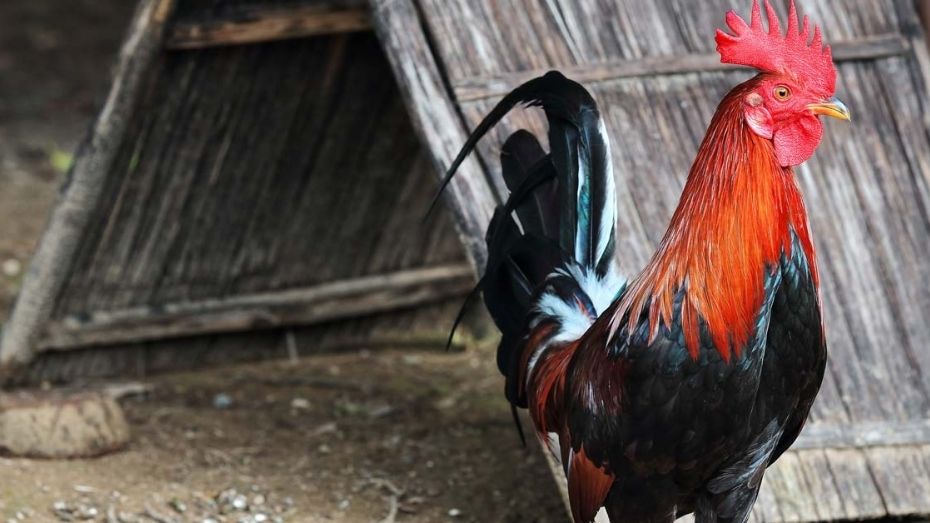
Selective breeding and genetics play pivotal roles in the development and enhancement of game fowls, particularly in the context of cockfighting. Here’s an overview of these concepts:
Selective Breeding
Selective breeding involves deliberately choosing individuals with desirable traits to be the parents of the next generation. In the context of game fowls, breeders selectively mate roosters and hens that exhibit characteristics such as strength, agility, endurance, aggression, and fighting instinct.
Over successive generations, this process aims to amplify these traits while minimizing undesirable ones, ultimately producing game fowls that excel in the cockpit.
Breeders carefully assess various factors when selecting breeding pairs, including physical attributes, temperament, performance in fights, and lineage. By continually selecting the best-performing birds for breeding, breeders aim to improve the overall quality and competitiveness of their stock.
Rooster Genetics
Genetics refers to the study of how traits are passed from one generation to the next through genes. In game fowls, as in all living organisms, traits such as feather color, comb shape, size, and fighting ability are determined by genes inherited from the parents.
Understanding the principles of genetics allows breeders to predict the likelihood of specific traits appearing in offspring based on the genetic makeup of the parent birds. By analyzing the inheritance patterns of desirable traits and employing techniques such as linebreeding and inbreeding, breeders can increase the frequency of desired genes within a population while minimizing genetic variability.
Genetic testing and pedigree analysis are valuable tools for breeders seeking to optimize their breeding programs. These tools enable breeders to identify carriers of desirable genes, avoid mating closely related individuals, and make informed decisions to achieve their breeding goals.
Here in this article by Sabong Philippine, we unveil the worst roosters to use for such events, shedding light on why they fall short and the ethical implications involved.
Worst Roosters for Sabong
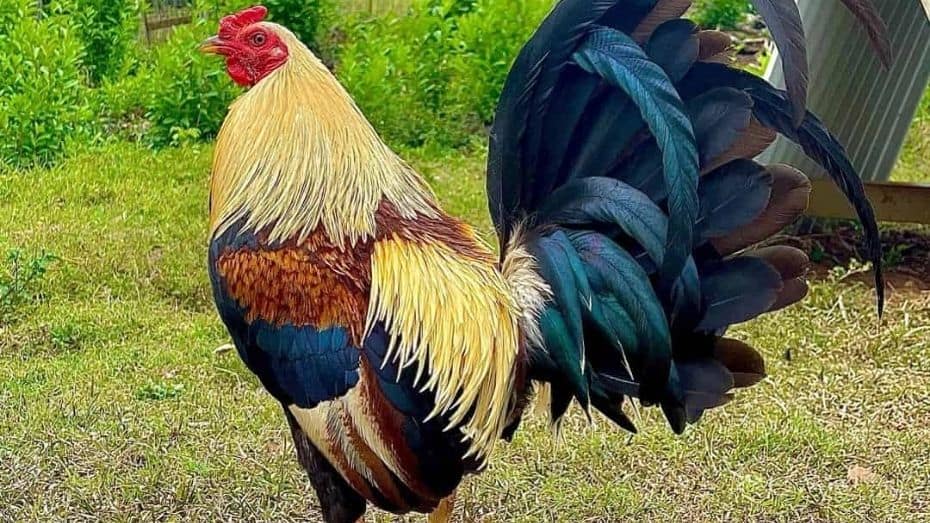
In and of themselves, chickens are exquisite creatures. Among other things, they give us eggs, meat, and feathers. Furthermore, they are easy to find and do not require a lot of maintenance. However, not every breed of game fowls shares the same traits. Certain varieties of roosters are more likely than others to be aggressive.
Bantam Breeds
While bantam roosters may be visually striking with their petite size, they often lack the stamina and strength required for prolonged bouts in the cockpit. Their diminutive stature puts them at a disadvantage against larger breeds, making them unsuitable contenders for sabong matches where endurance and power are paramount.
Brahma Breed
The United States gave rise to the Brahma chicken breed, which is renowned for its enormous size. One of the most well-known traits of Brahma chickens is their fierceness and persistence. It has been demonstrated that they will attack not only other animals but also humans, even killing other chickens.
Furthermore, Brahma has a reputation for being very noisy, which may bother the neighbors.
Leghorn Breed
The Leghorn breed of chickens originated in Italy, where it was initially refined. Originally bred for their eggs, people have started keeping them as pets or showcasing them in shows in more recent times.
Leghorns are little birds with white feathers covering their bodies and crimson combs.
It is possible for them to become territorial if they feel threatened, even if they are not as aggressive as some of the other breeds on this list.
Other Ways to Identify a Fail-Breed
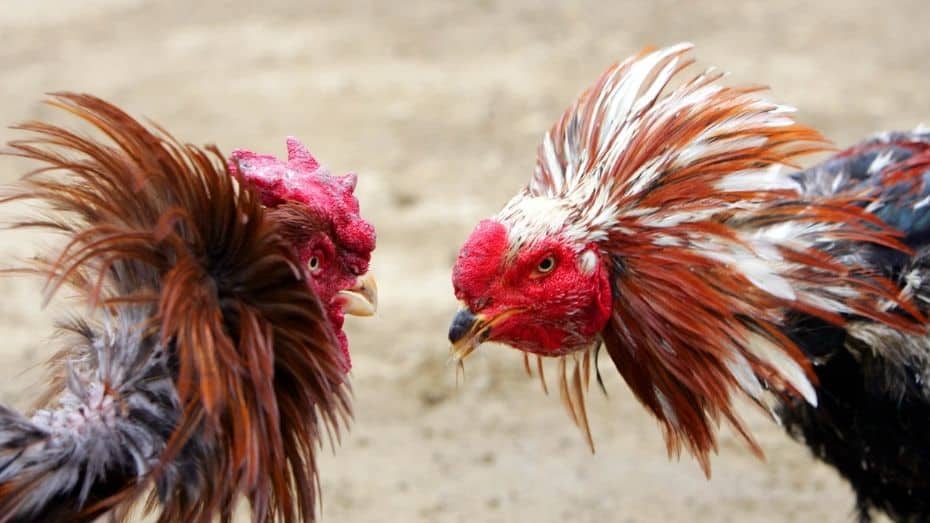
Poorly Bred Crossbreeds
Crossbreeding roosters without careful consideration of genetic traits can result in specimens that lack the necessary attributes for success in the cockpit. Traits such as aggression, agility, and durability may be diluted or absent altogether in poorly bred crossbreeds, rendering them ineffective competitors in sabong matches.
Old or Injured Roosters
Using old or injured roosters in sabong matches not only poses ethical concerns but also compromises the integrity of the sport. These birds may have diminished physical capabilities, making them easy targets for opponents and exposing them to unnecessary harm. Responsible breeders and enthusiasts should prioritize the welfare of the roosters and refrain from subjecting unfit individuals to the rigors of cockfighting.
Overweight or Unfit Roosters
Roosters that are overweight or unfit are ill-equipped to perform optimally in sabong matches. Excessive weight can impede agility and mobility, while poor physical conditioning may lead to premature fatigue and susceptibility to injuries. Competitors should strive to maintain their roosters at an appropriate weight and fitness level through proper diet and exercise regimes.
Aggressive but Uncontrollable Roosters
While aggression is a desirable trait in sabong competitors, roosters that exhibit uncontrollable or overly erratic behavior pose safety risks to handlers, spectators, and other birds. Such individuals may engage in indiscriminate attacks, leading to unnecessary injuries and chaos in the cockpit. Responsible cockfighting enthusiasts should prioritize selecting roosters with manageable aggression levels and temperaments conducive to controlled combat.
Conclusion
In conclusion, the aforementioned roosters represent some of the worst choices for sabong matches due to their inherent limitations, health concerns, and ethical implications. As the discourse surrounding cockfighting continues to evolve, it is essential for participants and stakeholders to critically evaluate the suitability of roosters for combat, prioritizing the welfare of the birds and upholding the integrity of the sport.
Ultimately, fostering responsible breeding practices and promoting ethical standards within the cockfighting community are crucial steps towards ensuring the well-being of roosters and the sustainability of sabong as a cultural tradition.


